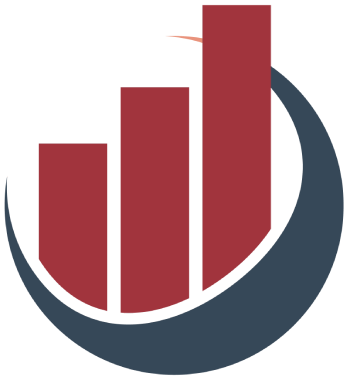In the intricate world of personal finance, the terminology surrounding loans can often be a labyrinth, obscuring the clarity needed for informed decision-making. Many individuals might find themselves lost in a sea of jargon, where a “payday loan” might morph into a “short-term loan,” “personal loan,” or simply be shorthanded to “loan.” This ambiguity isn’t limited to payday loans; installment loans face a similar identity crisis as they can also be classified as personal or term loans. In this article, we will demystify these terms and explore the significance of installment loans in both personal and business contexts.
Defining Installment Loans: A Borrower’s Lifeline
At its core, an installment loan is characterized by a lump sum of borrowed funds provided upfront, with the obligation to repay the amount through regulated installments over a predetermined duration. This structured approach allows for predictable monthly payments, making it easier for borrowers to budget and manage their finances. Unlike other forms of borrowing, such as credit cards, where the debt can fluctuate, installment loans feature fixed payment amounts, lending a sense of security and discipline to the borrowing experience.
While installment loans can be tailored to various repayment horizons, the common perception is that they cater to larger financial commitments. Borrowers might leverage these loans for significant purchases, ranging from auto financing to funding home renovations, or even consolidating existing debts into a single, manageable payment. This flexibility makes installment loans an invaluable tool for those facing substantial financial needs.
Understanding the Types of Installment Loans
Diving deeper into the realm of installment loans, one discovers a spectrum of options tailored for different purposes and audiences. On one end, you have personal loans designed for private consumers, and on the other, business loans catering to the commercial sector. The distinction between personal and business loans revolves around their intended use. While personal loans are typically utilized for individual expenses, business loans target company-related investments.
Examples of common installment loans include auto loans, student loans, debt consolidation loans, and mortgages. Each serves a distinct purpose yet follows the same lending structure, highlighted by defined terms and payment schedules. This diversity illustrates the practicality and versatility of installment loans in navigating various financial landscapes — be it education, transportation, or housing.
The Appeal of Online Installment Loans
As the digital age reshapes how we interact with financial institutions, online installment loans have gained popularity for their ease and speed of access. These loans often provide a streamlined application process that can be completed quickly and efficiently, bypassing the lengthy waiting periods associated with traditional banks. For individuals with less-than-stellar credit histories, these online platforms frequently feature more lenient approval criteria, empowering those who might otherwise face difficulties securing financing.
While these accelerated processes can expedite access to funds, borrowers should remain vigilant about the lender’s reputation. Not all online lenders are created equal; thorough research is crucial to discern between those offering legitimate services and those that might prey on vulnerable consumers. This vigilance can safeguard against potential pitfalls such as hidden fees or predatory lending practices.
The Pros and Cons of Installment Loans
A balanced understanding of installment loans necessitates a look at their advantages and disadvantages. On the positive side, borrowers can access larger amounts compared to traditional payday loans, enabling them to finance substantial expenditures. The predictability of fixed payments can lead to easier budgeting, allowing borrowers to plan their finances without worrying about fluctuating obligations. Moreover, many lenders allow borrowers to pay additional amounts towards the principal, which can significantly decrease the interest paid over the loan’s life.
Conversely, potential drawbacks should not be overlooked. Interest rates can vary widely, and many loans come with additional fees that can impact the overall cost of borrowing. Late or missed payments can adversely affect a borrower’s credit score, causing repercussions that extend far beyond the loan’s duration. Therefore, borrowers must ensure that they can meet their repayment schedule to avoid falling into a financial quagmire.
The Distinction Between Secured and Unsecured Loans
One critical aspect that further complicates the landscape of installment loans is the differentiation between secured and unsecured loans. Secured loans are backed by collateral — such as a house or car — providing lenders with a safety net in case of default. This typically results in lower interest rates, as the risk is mitigated. Conversely, unsecured loans, which rely solely on the borrower’s creditworthiness, usually carry higher interest rates due to the increased risk involved. As such, borrowers with poor credit might find themselves facing steeper costs or limited options.
The complexity of securing loans can be daunting, particularly for individuals grappling with credit issues. However, numerous alternatives cater to those struggling with credit histories, allowing them a pathway to obtain the necessary funds without being penalized for previous financial missteps. Understanding the various loan types and their structures can empower borrowers to make educated choices suited to their unique situations.
In navigating the world of loans, the distinctions, advantages, and potential pitfalls surrounding installment loans illustrate the complexities inherent in borrowing and lending practices. With enhanced understanding and careful consideration, individuals can harness the power of installment loans to make well-informed financial decisions that foster economic growth and personal empowerment.


Leave a Reply